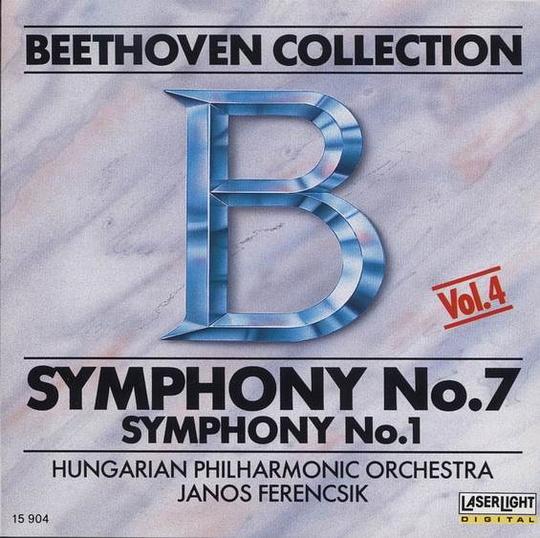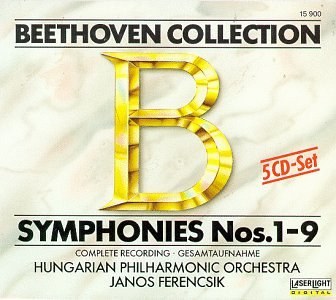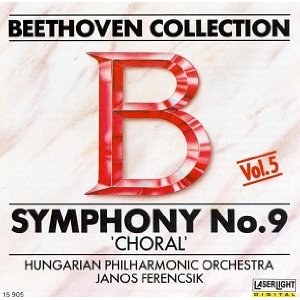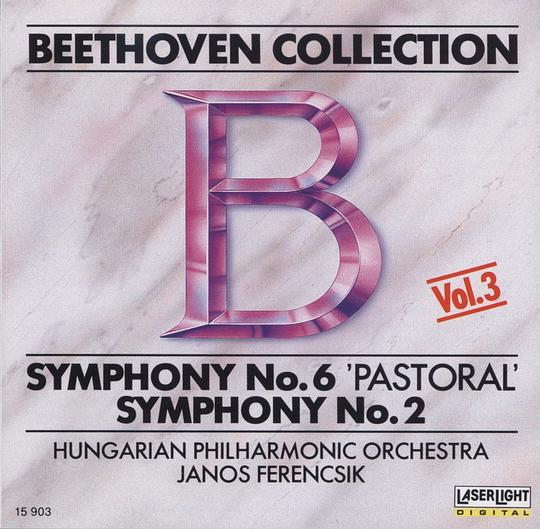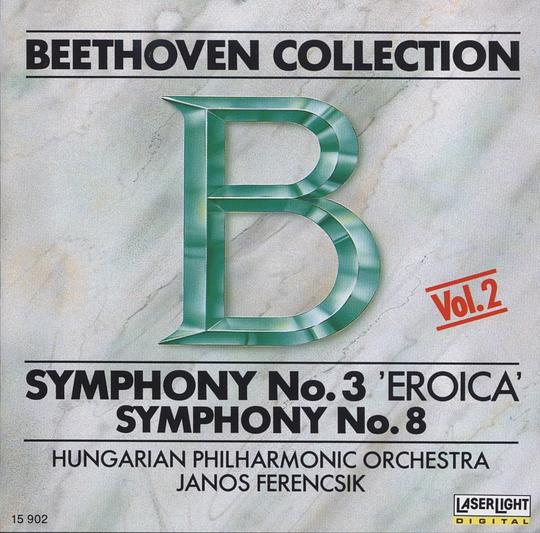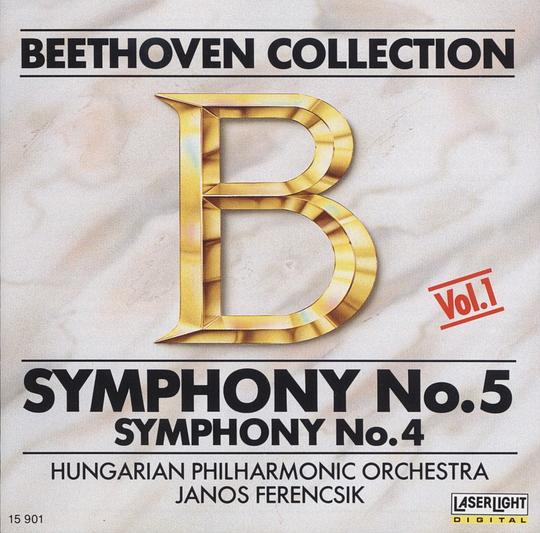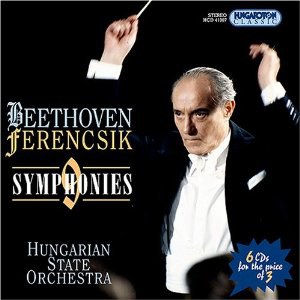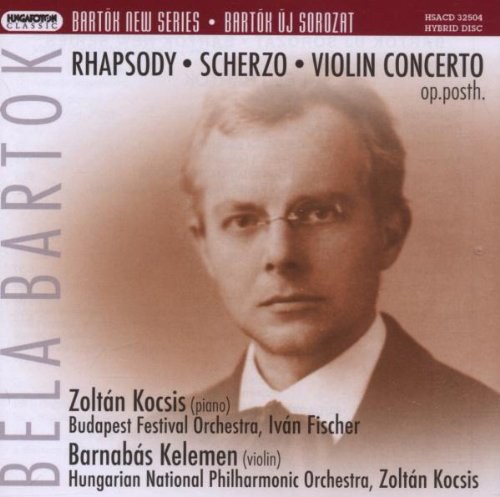Beethoven symphony no.7 & 1 豆瓣
Janos Ferencsik
/
Hungarian Philharmonic Orchestra
类型:
古典
发布日期 2008年11月18日
出版发行:
Laser Light
Symphonien Nr. 1-9
Andor, Szirmay, Korondy, Solyom-Nagy,
Budapester Philharmoniker & Chor, Ferencsik
5 CDs
EUR 7,99
Ferencsik在Google上面是匈牙利本土指挥的发言人,出生于1907年,这是他在70年代指挥布达佩斯爱乐乐团录制的贝多芬交响曲全集。对于这些东欧乐团,可能老一辈爱好者有更加直接的体会,文革之前往往都是他们的天下,再往后就是Naxos挖掘二线乐团的时候为我们展现了东欧力量。虽然在低成本制作之中素质参差,但是东欧的能量还是不容小觑的。Delta旗下的Laserlight以超超廉价发行,5CD/8EUR,贝多芬Fans可以尝试一下。
Andor, Szirmay, Korondy, Solyom-Nagy,
Budapester Philharmoniker & Chor, Ferencsik
5 CDs
EUR 7,99
Ferencsik在Google上面是匈牙利本土指挥的发言人,出生于1907年,这是他在70年代指挥布达佩斯爱乐乐团录制的贝多芬交响曲全集。对于这些东欧乐团,可能老一辈爱好者有更加直接的体会,文革之前往往都是他们的天下,再往后就是Naxos挖掘二线乐团的时候为我们展现了东欧力量。虽然在低成本制作之中素质参差,但是东欧的能量还是不容小觑的。Delta旗下的Laserlight以超超廉价发行,5CD/8EUR,贝多芬Fans可以尝试一下。
